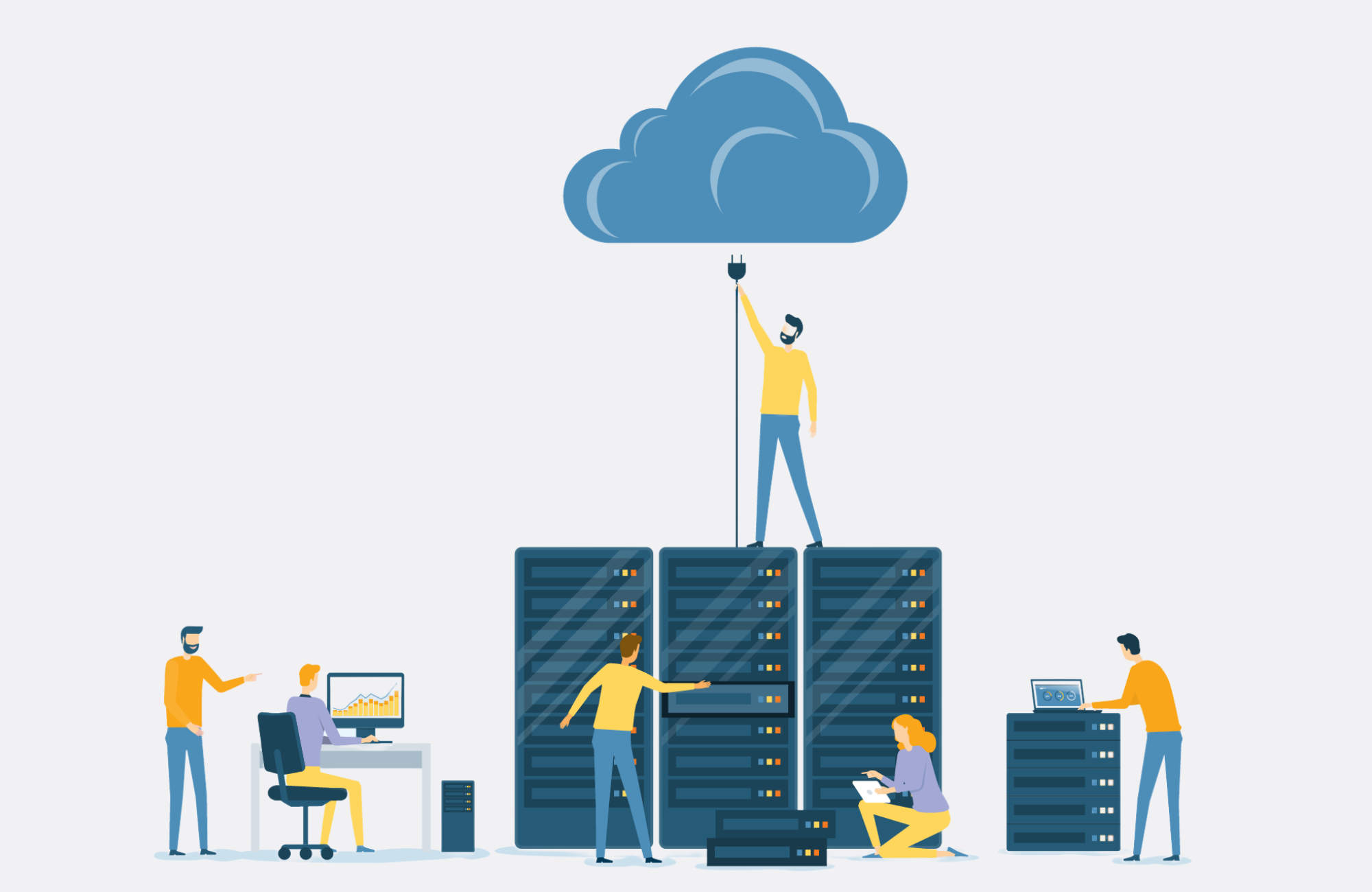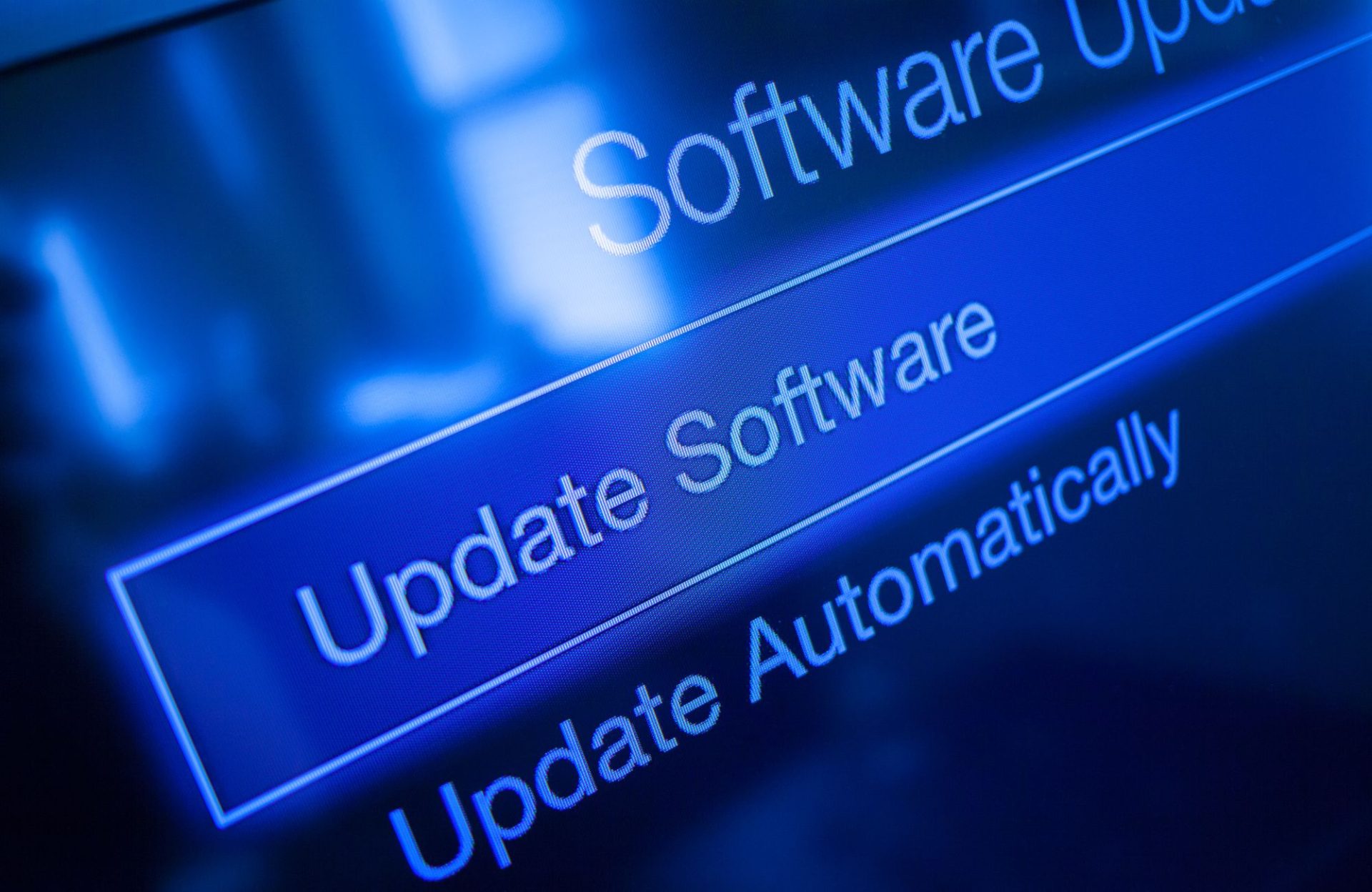A digital twin is a virtual representation of a physical object. The idea is simple, but the underlying technology required to create a useful simulation relies on rapidly improving technological capabilities like IoT, Cloud, Big Data and other emerging computing technologies. Digital twin software creates an exact replica of a building that can be modified to represent proposed scenarios and predict performance and outcomes. While the initial investment may seem significant, the value of running tests through the model for the life of the building will make the return on investment worthwhile.
Definition
Digital Twin software replicates the building in a digital scenario. The digital twin concept relies on data input to create a virtual counterpart for the building’s physical objects. The virtual counterparts are called virtual mirror models. Each virtual mirror model has the capability to analyze, evaluate, predict and monitor the physical object. The program allows you to simulate real-world conditions and predict outcomes.
Data Gathering
To model a physical building exactly, it is necessary to include all possible data on the building. In creating the model of an existing structure, a visit to the physical site can be performed to collect as much data as possible. Different methods are used, such as 3D laser scanning, 360-degree photography and technician collected measurements and equipment specifications. Real-time sensors can provide continuous data to keep the model current, linking the physical and virtual world for the most accurate and up-to-date representation.
New construction projects can use architectural and engineering plans and specifications to build a digital twin before the first shovel of dirt is moved or lumber is purchased. A digital twin can be incredibly valuable in testing scenarios of building materials, system selection and space usage. As the design develops, the digital twin model can be used for decision-making and performance predictions. Stakeholders in the project, such as financial lending entities and investment groups, are learning to rely on evaluating the virtual model of a project to inform on the merit of the investment.
Technology Stack
The technology stack for creating a digital twin can be quite complex. Digital twin software uses data, machine learning and the IoT to build the virtual model. The integration of Cloud Computing, Big Data, AI and the IoT with digital twin software has advanced the programs to produce highly accurate representations of the physical building. The more information entered for the building the more accurate the model will be. Other key technologies that can be critical for digital twin design are Edge, Fog, MI, and Robotics.
Uses in New Construction and Existing Buildings
Knowing how a building will perform before it is built or before upgrades are installed changes the decision-making process drastically. Risk is reduced and results can be banked on. By linking the digital twin software with smart building technology, opportunities to improve operational efficiency and reduce expense can be recognized at the optimum time to implement.
The digital model will better inform on scheduling maintenance and replacement before there is downtime. The building can be monitored remotely without physically being there. The Digital Twin can allow an inexpensive way of testing scenarios for technical planning, estimating costs and risks, and validation of assumptions.
This technology is young but shows the potential for incredible developments. Facility managers can use the virtual modeling to ensure environmental and energy compliance, predict and track building performance, and reduce costs facility-wide. The digital model can be updated to grow with the facility so that information is at your fingertips whenever it is needed.






